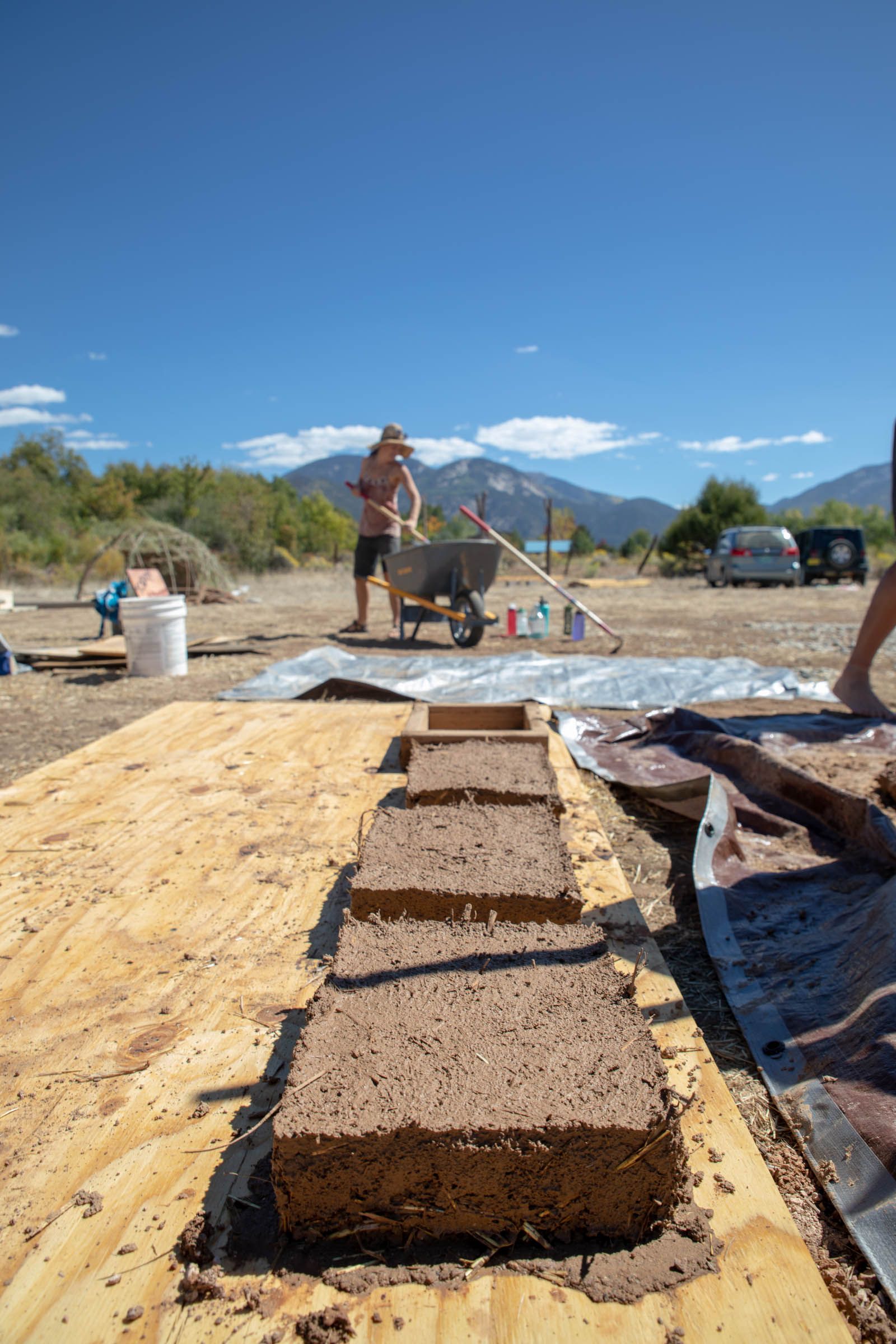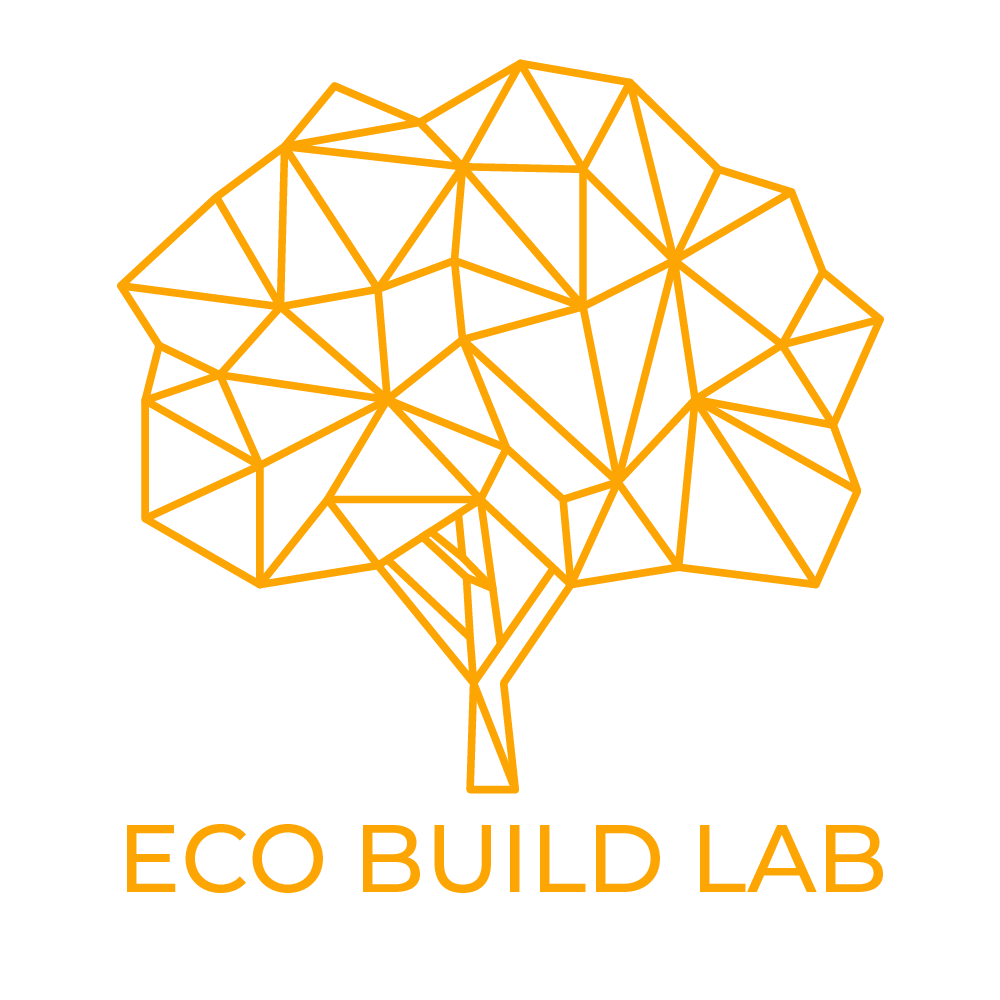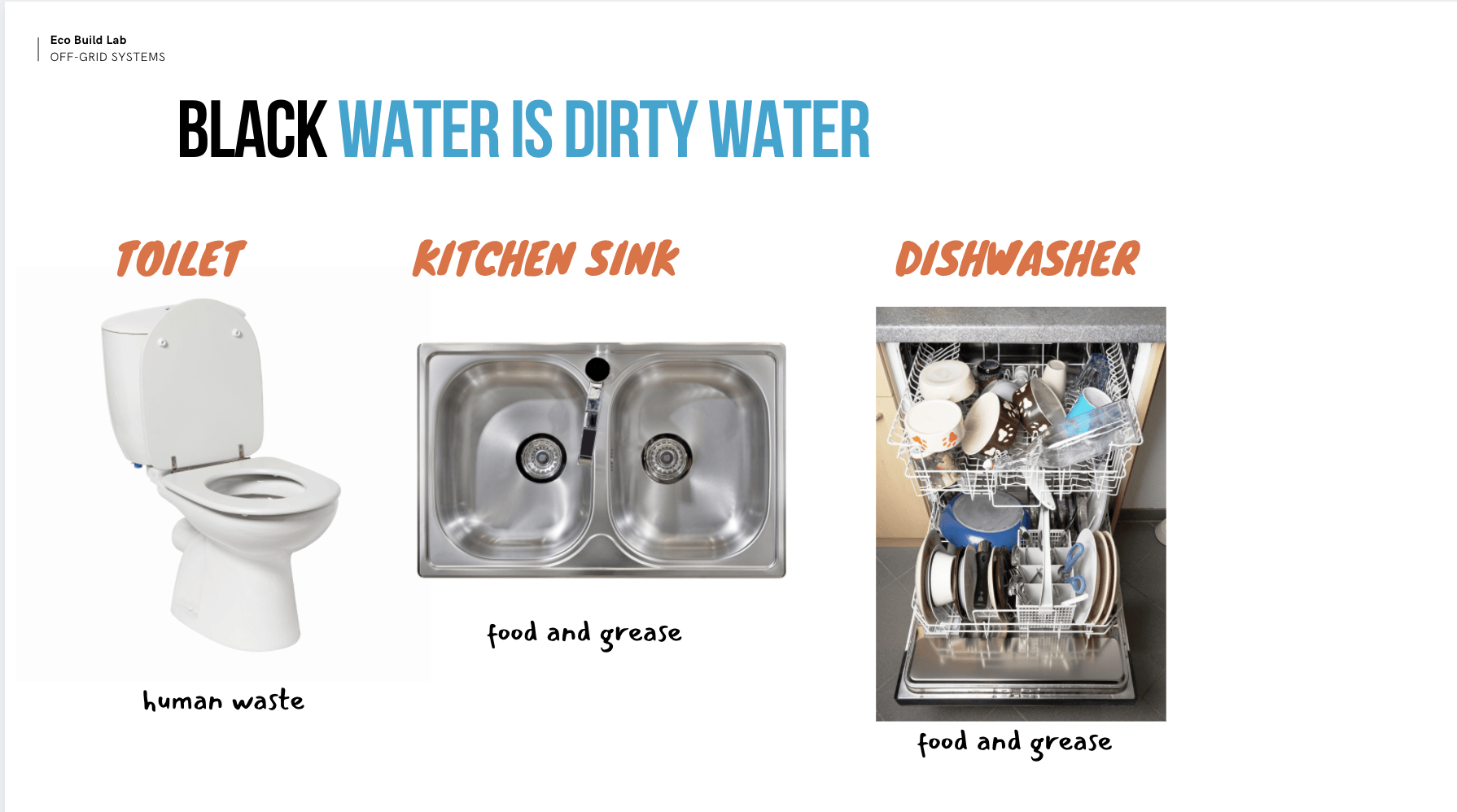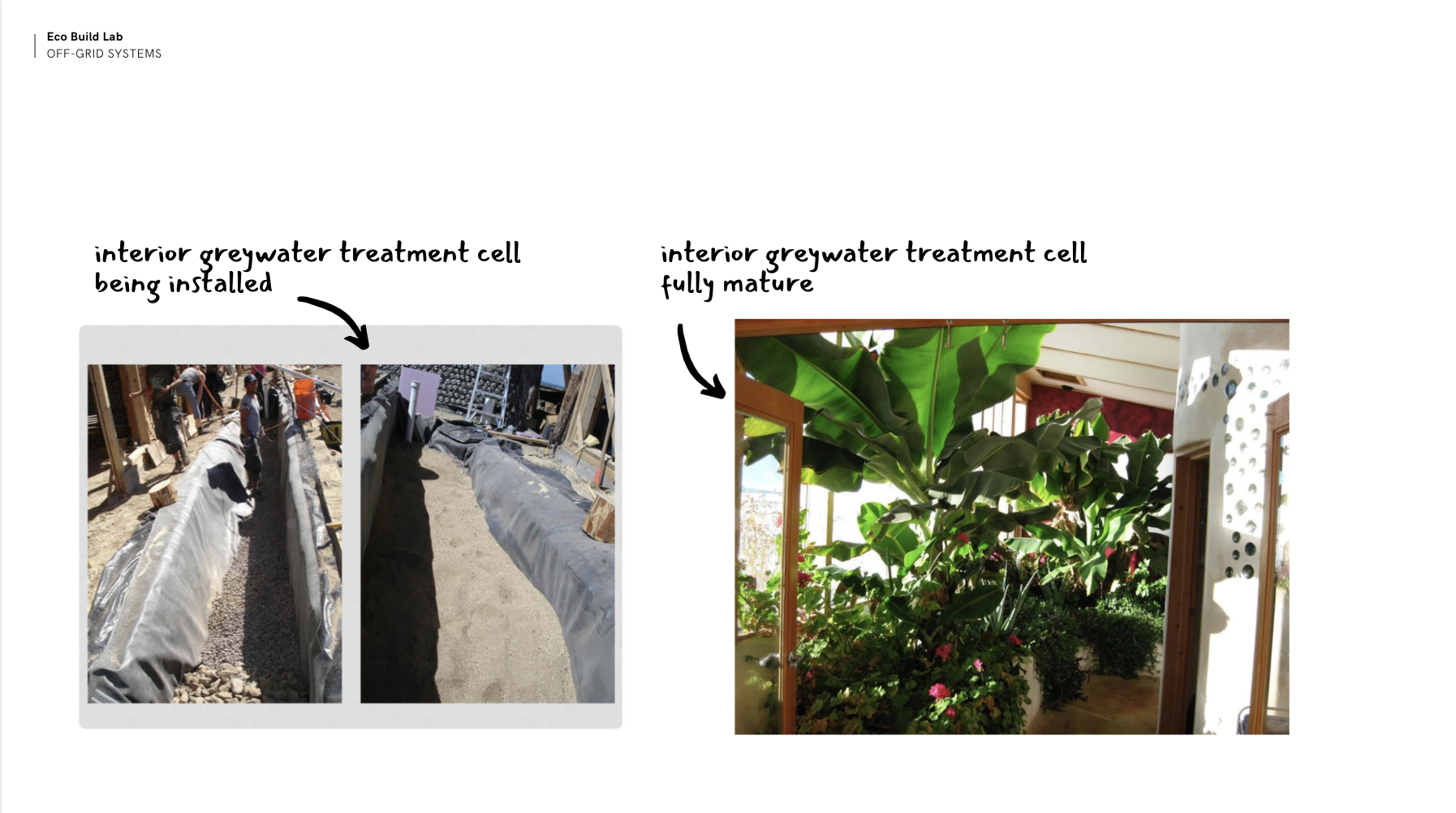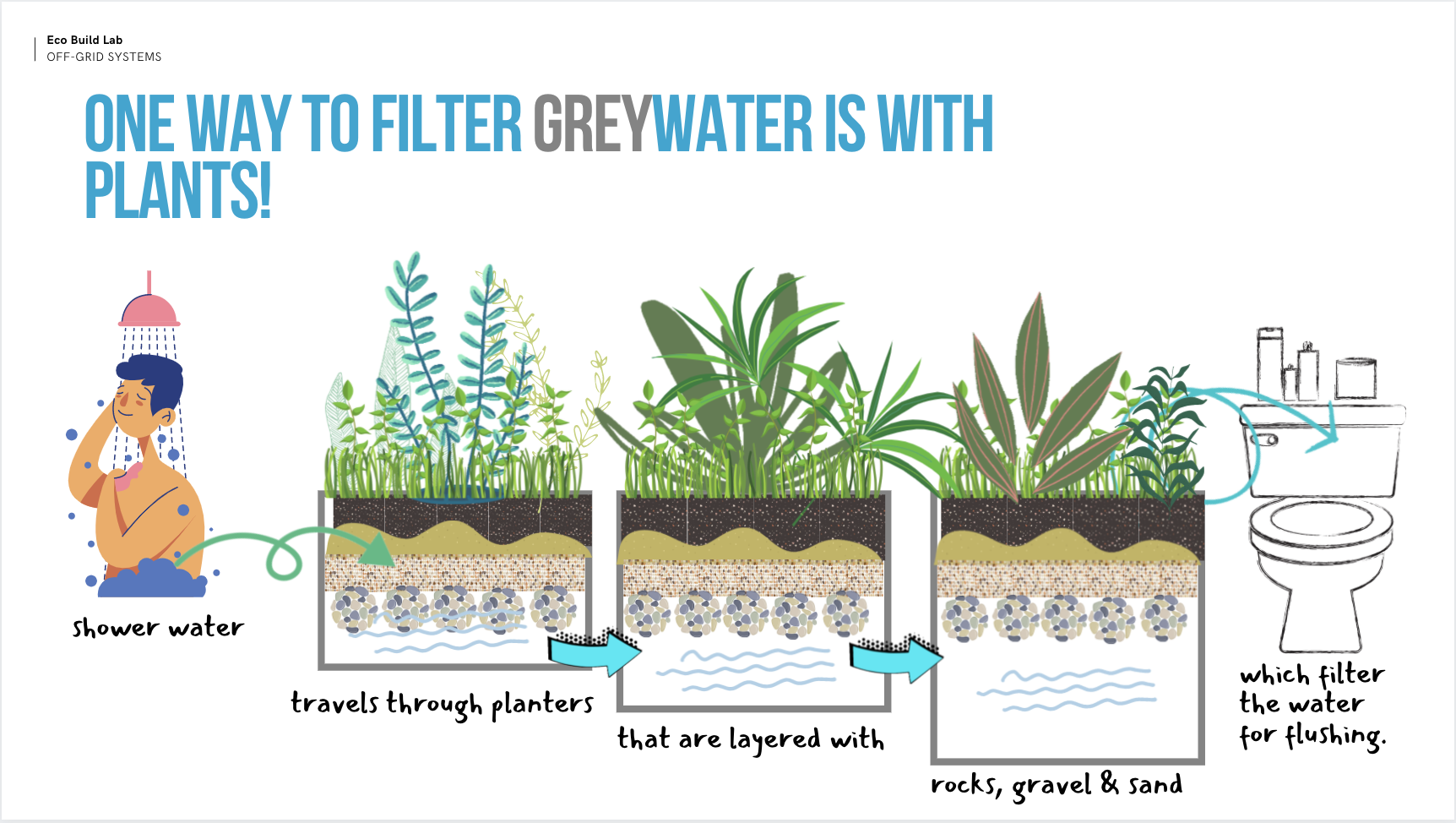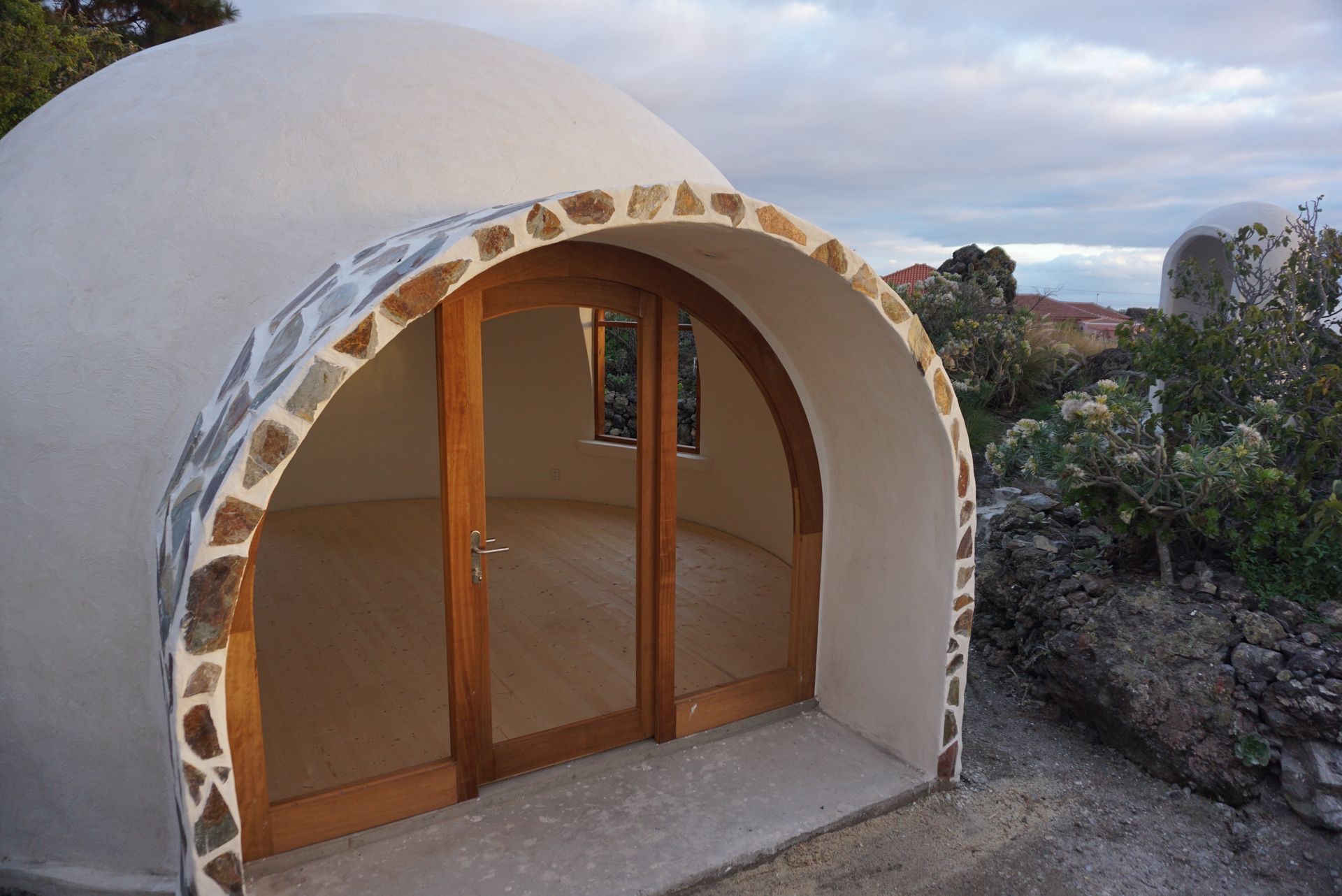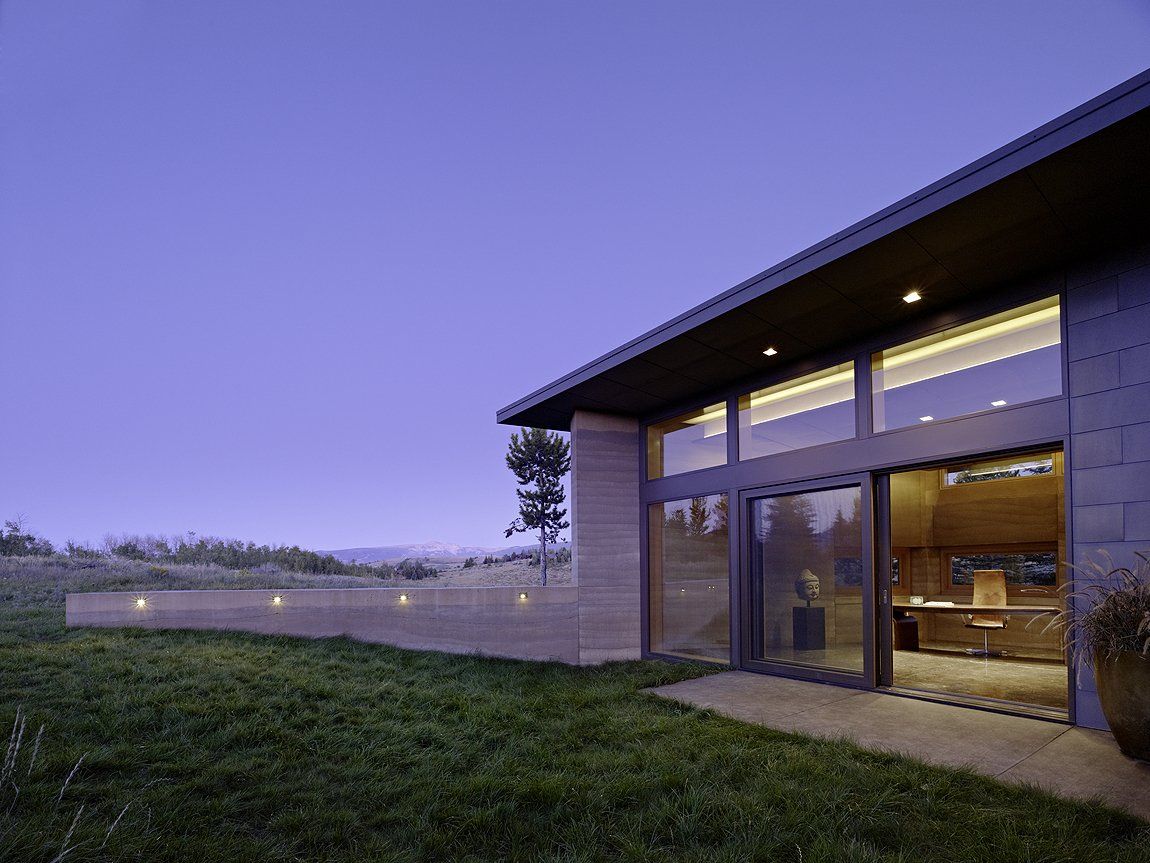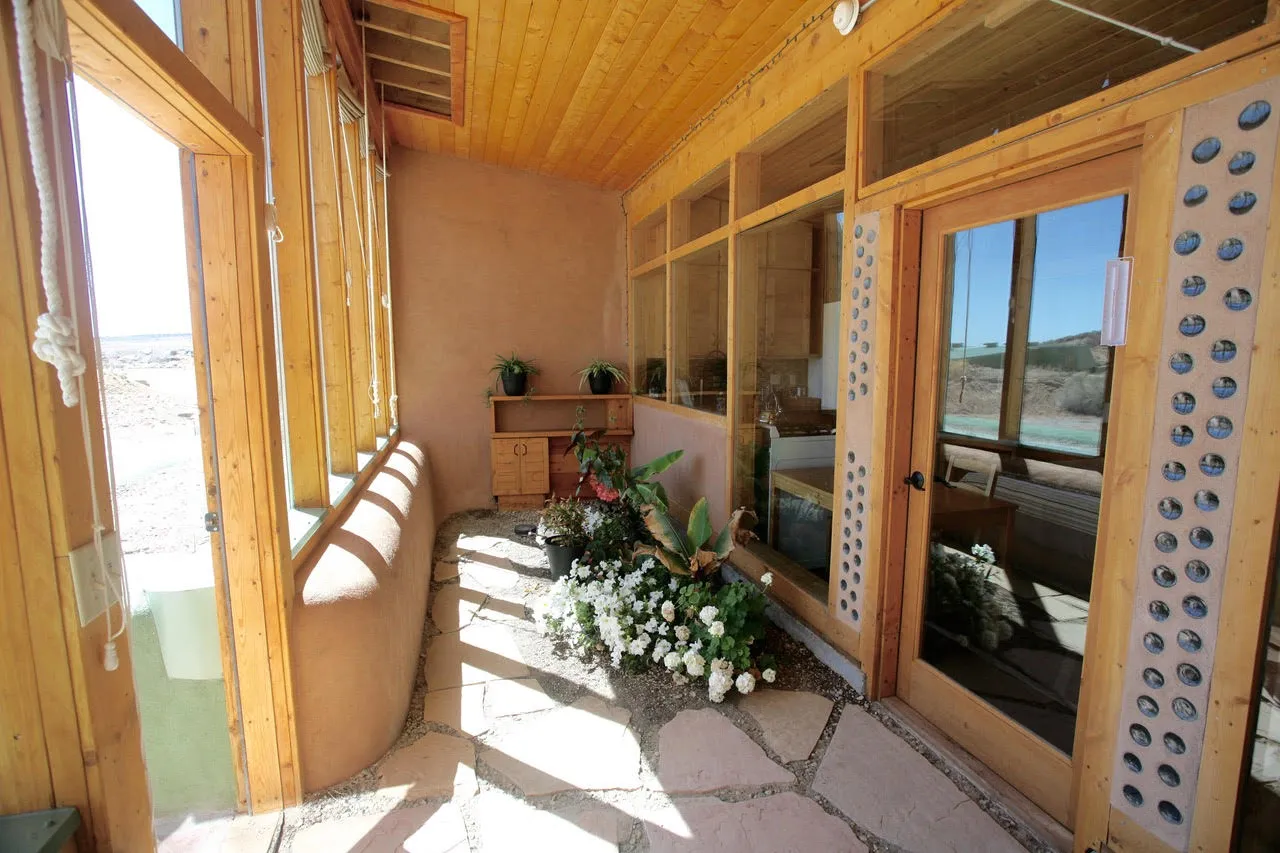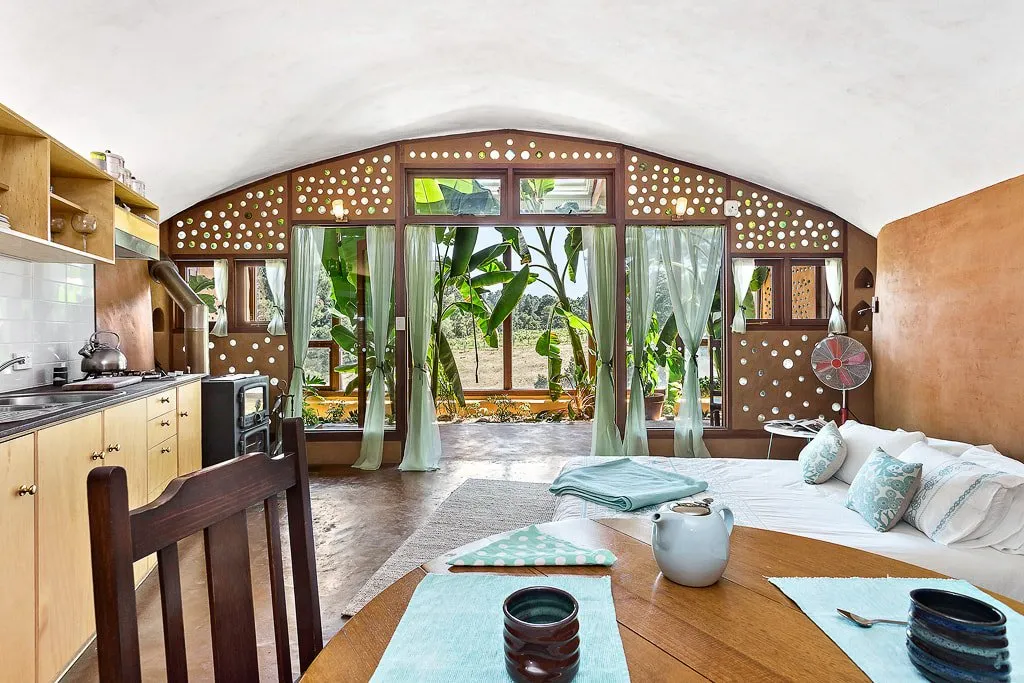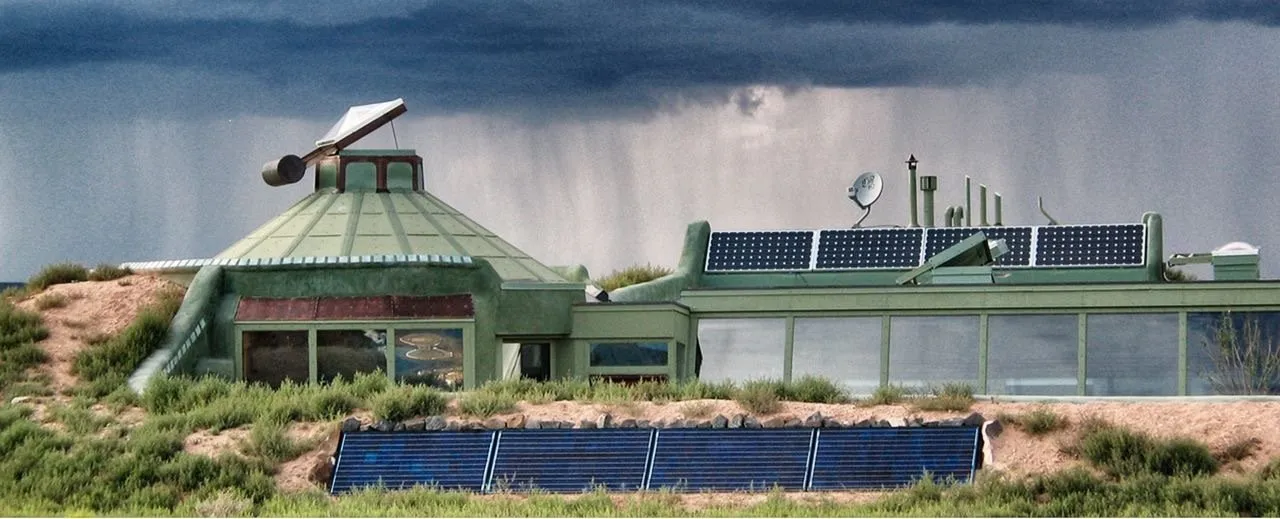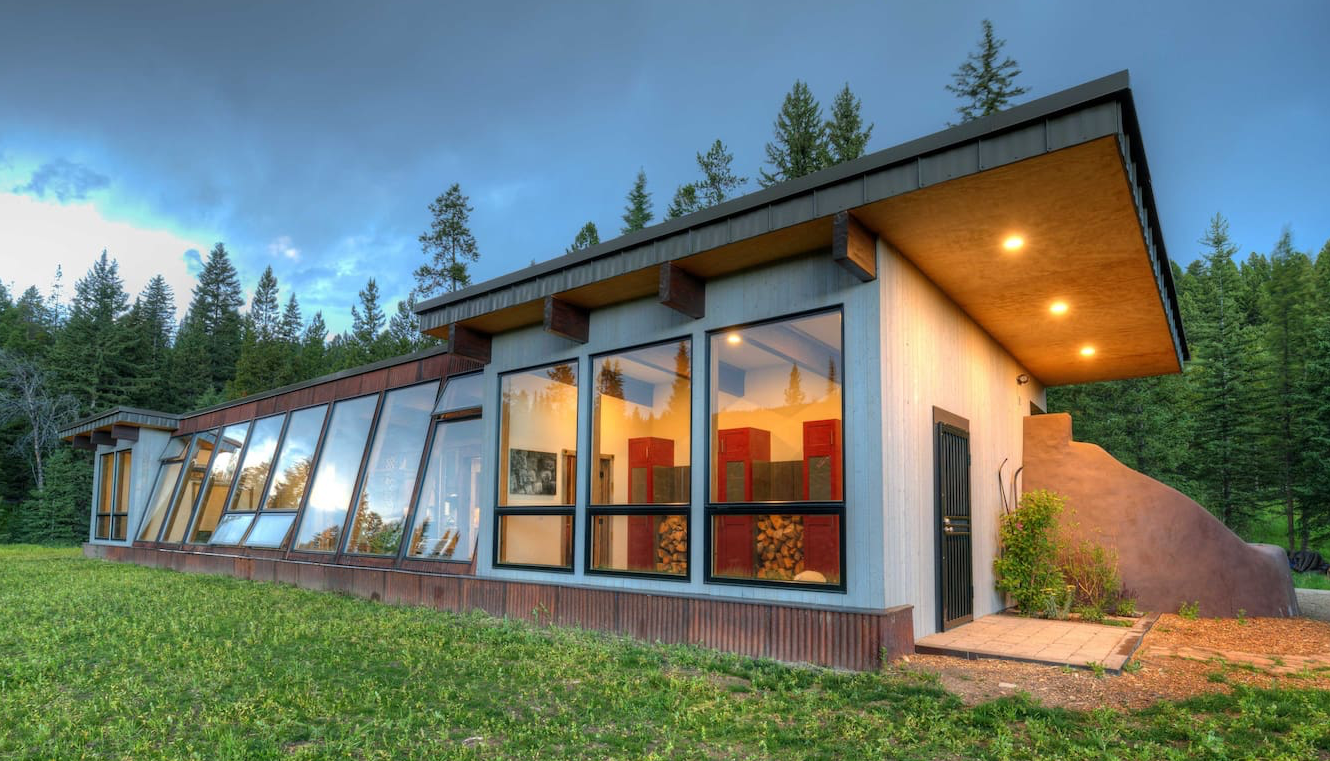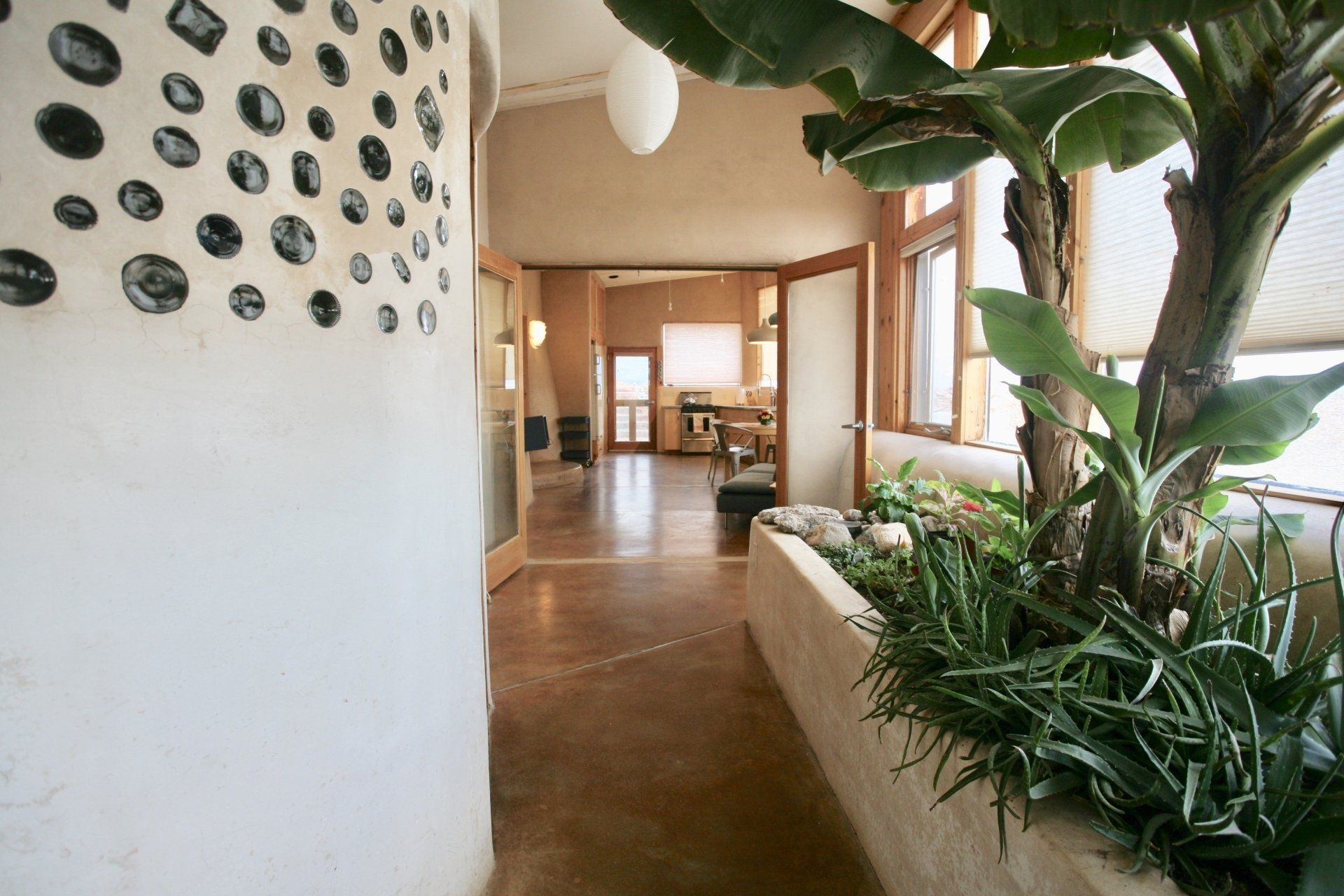What's a Greywater System?
Greywater can be reused to water plants and flush your toilet

Planning Your Greywater Treatment Solution
When it comes to selecting and planning for a greywater treatment system either inside or outside your home, there are several factors you'll want to consider. Wait let's back up one second...if you want to build an off-grid home you basically HAVE to have a greywater system of some sort as you will not be hooked up a to municipal sewer system and the tens or hundreds of gallons of greywater your household will be producing each day need to go somewhere. Of course you could just send it all, along with your toilet water, to a conventional septic tank with a leach field. However, these systems can get quickly overwhelmed dealing with a high volume of water and will need to be pumped out frequently to the tune of a few hundred bucks each time. If you've built your little paradise way out in the sticks, or on a steep slope, or at the end of a difficult dirt road, it can be that much more expensive to get someone out to evacuate your tank. Greywater is bonus water, really, utilizing it is essentially multiplying the number of inches of annual precipitation by two or three times, which is crucial if you are living off a roof water harvesting system. So, greywater, yes! Let's do this!
Our favorite greywater system is the one employed by Earthship Biotecture because it is an elegant system that takes the rainwater harvest and uses it 4 times for 4 different purposes. After the water is filtered, pumped, and pressurized, it can be used for drinking, cooking, cleaning, bathing, and laundry. After the water is used for those reasons, it becomes known as “greywater” and is fed into planter cells. These cells range in depth and have several layers of rock, gravel, sand, etc. that filter the water as it travels from one cell to the next growing plants and sometimes food along the way. This ingenious design is watering plants and filtering water at the same time. By the time the water reaches the final planter cell, it is clean enough to flush your toilet! The used toilet water, known as “black water” is then piped outside into a black water botanical cell. This exterior botanical cell is perfect for fruit trees and berry brambles. Any human excrement eventually ends up in what is basically a traditional septic system. But unlike a traditional septic situation, you will be sending way less wastewater, so you won’t need to pump your septic as much. And don’t worry, we don’t recycle the water from there. You will not be drinking poo or pee water. This final cell is the end of the line.
Earthship greywater systems have been in use for dozens of years so there are many functional examples. In these systems water is treated in interior "botanical cells" which are designed to run along the sun-facing side of the building next to the wall of glass. These cells are large planters lined with a heavy rubber membrane and contain layers of rock, gravel, sand, and soil. Used water travels in to the planters where plants drink up some of the water to grow but also aerate the water with their roots. The system is sloped below floor level so that water travels through with gravity to a deeper well at the end where it’s collected and pumped, on demand, to the toilet tank to be available for the next flush.
Over the years many different plants have been tested in this system. It has been observed that when a new system is first planted it is best to start with plants that you know are going to grow and establish roots quickly and start using and aerating the water. These plants should also be hardy and pest-resistant, and require minimal maintenance. Once your planter is thriving with these initial plants, then you can start experimenting with more exotic or food-producing plants.
Wetlands Is Another Cool Way To Filter Greywater
Another way to filter greywater is with constructed wetlands systems, using biomimcry to recreate water filtration as it happens in nature. Wetlands have been used in large-scale applications to treat industrial and agricultural wastewater as well as storm runoff and partially-treated municipal septic effluent. These systems may also be built on a residential scale and are comprised of rubber, clay, or cement-lined cells filled with gravel or soil and planted with water loving plants like reeds, cat tails, and willow.
There are two types of wetlands: surface flow - where greywater pools up like a pond and subsurface flow - where greywater enters the system below the level of the plants and growing medium. For our purposes, we will talk only about subsurface flow as there is potential for exposure to pathogens, as a result these systems may be more easily accepted by local building code officials. As in nature, constructed wetlands slow down the flow of water giving plants time to use up some of the water through transpiration and to oxygenate and filter it. Plant roots and the spaces between the gravel create homes for microbes to move in and get to work cleaning the water.
Exterior constructed wetlands may be used for treating black or greywater and there exist many functioning examples of both. Interior greywater wetlands may serve a similar function to Earthship-style planters in a building where you want to recollect the treated greywater to use for toilet flushing. The differences between wetland greywater planters and Earthship-style ones are: the cell is filled only with gravel rather than sand and soil, they are not as deep (a potential advantage if you are building on a site with a lot of below grade rock). if you wanna know more, read / buy our friend,
Dan's book.
Keep ALL Your Systems In Mind
When you are in the process of constructing your home you'll always want to keep in mind the interconnected nature of your systems. Though it might seem sometimes like the process is chronological (i.e. build your structure, install systems, apply finishes, install appliances) in reality, a few or all of these phases may be happening or being prepared for at the same time. For example, from collecting the first drops of rain water that land on your roof, to taking a shower in filtered, solar-heated rain water, to collecting a bouquet of flowers growing in your exterior black water cell, the winding path of every drop of water needs to be planned out and accounted for the during build process.
SUBSCRIBE
